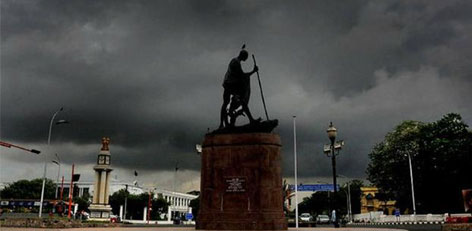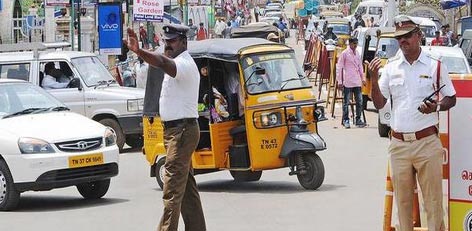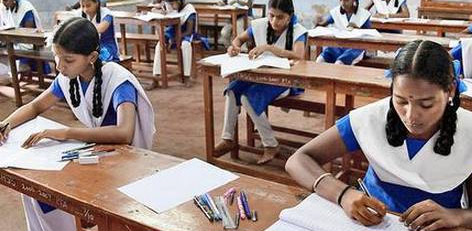Chennai most susceptible to natural calamities
Posted on: 18/Nov/2016 2:40:32 PM

A research paper written by IIT Bombay has said that Chennai is more vulnerable to climate hazards compared to metros such as Mumbai, Pune, Bengaluru and Delhi, mainly due to high population density and built-up area. The paper named Assessing socio-economic vulnerability to climate change: A city-level index-based approach attempted to develop indices, indicating the vulnerability to climate change and environmental hazards. It covered 11 Indian cities in different bio-climatic zones.
According to the authors of the paper, This index could assist in urban planning and effective disaster management. The indices helped rate the cities` ability to cope with a natural hazard in the context of its infrastructural, technological, social, financial and spatial aspects. Among the five parameters, Chennai fared well in infrastructure, technology and finance but was the weakest in the social and space aspects.
The social index, as defined by the authors, referred to the inequity in society populations belonging to weaker sections of society who either had little access to resources or were restricted by their physical incapability . They remained vulnerable due to the city`s social structure. Greater built-up area might lead to poor run-off in case of floods and hence is an important contributor to a city`s vulnerability.
Reacting to the paper, a former professor of Anna University said, Open spaces or lower built-up area can help in water percolation and can facilitate ground water recharge. The CMDA would soon identify areas in the city vulnerable to flooding. They are studying catchment areas and low-lying areas through scientific map ping, taking into consideration rainfall, past flooding, run-off, topography, soil and other factors. Henceforth development regulations should stipulate that un-built areas should be maintained as parks, playgrounds and open spaces.
Other experts say, The city of Chennai is more vulnerable to natural calamities compared to Hyderabad, Bengaluru, Pune or for that matter Mumbai simply because of its geographical location on the east coast. The city faces the warmer sea, the Bay of Bengal. So, naturally, Chennai is vulnerable, which is not the case with Mumbai. The vulnerability coincides with the north-east monsoon, which occurs between the months of October and December. This is a regular and recurrent feature.
In the past few years, the buffer present in the inland areas had been compromised and structures had come up. This also added to the problem, making the city more vulnerable to such natural calamities. Between the 2001 and 2011 census, Chennai city recorded the highest growth in urban population in the country . Much of this new population had inhabited the low-lying areas of South Chennai, where the IT infrastructure developed in the past decade. These developments choked the water channels and storage tanks of the city, making it more vulnerable to natural disasters.







